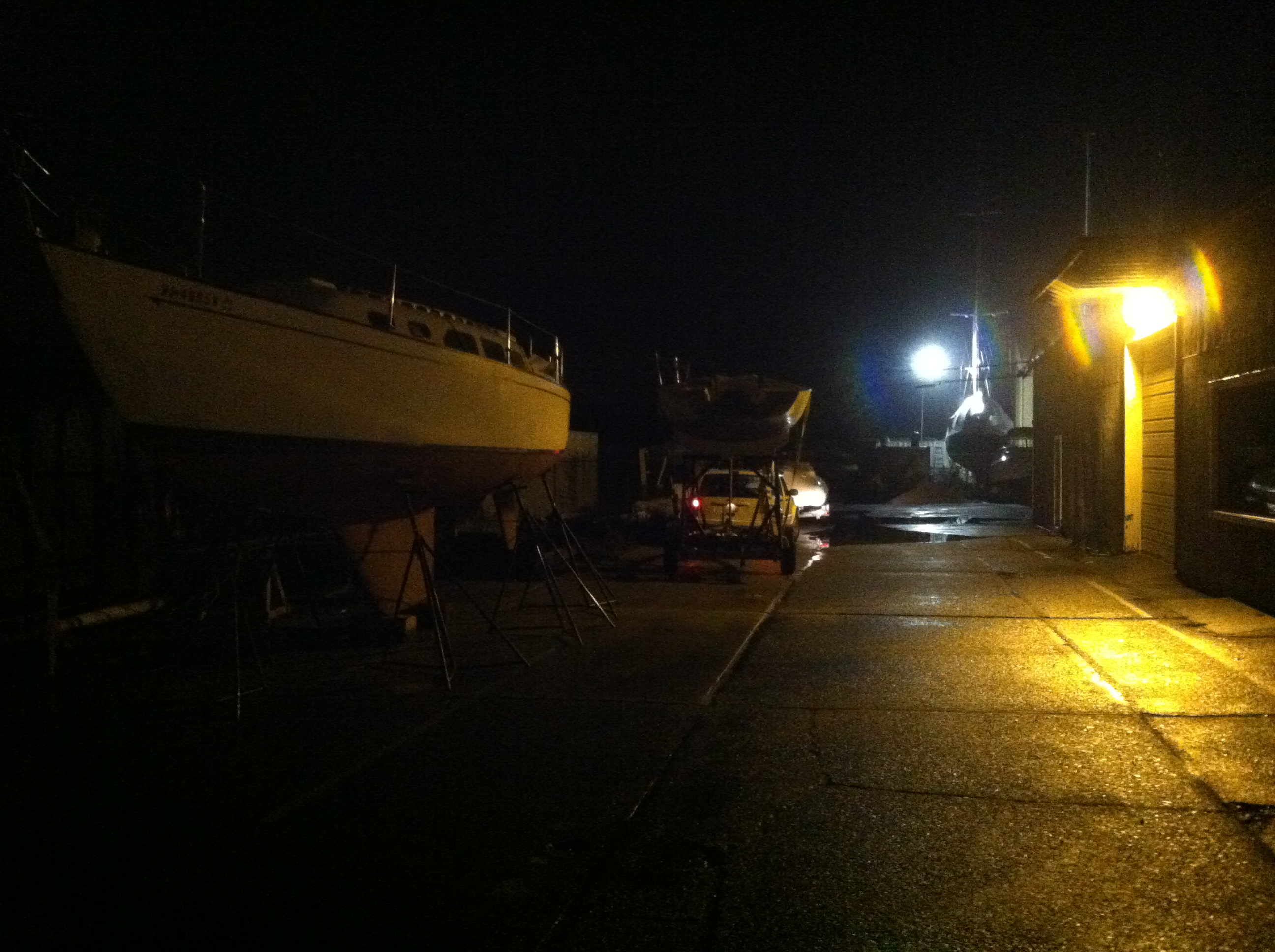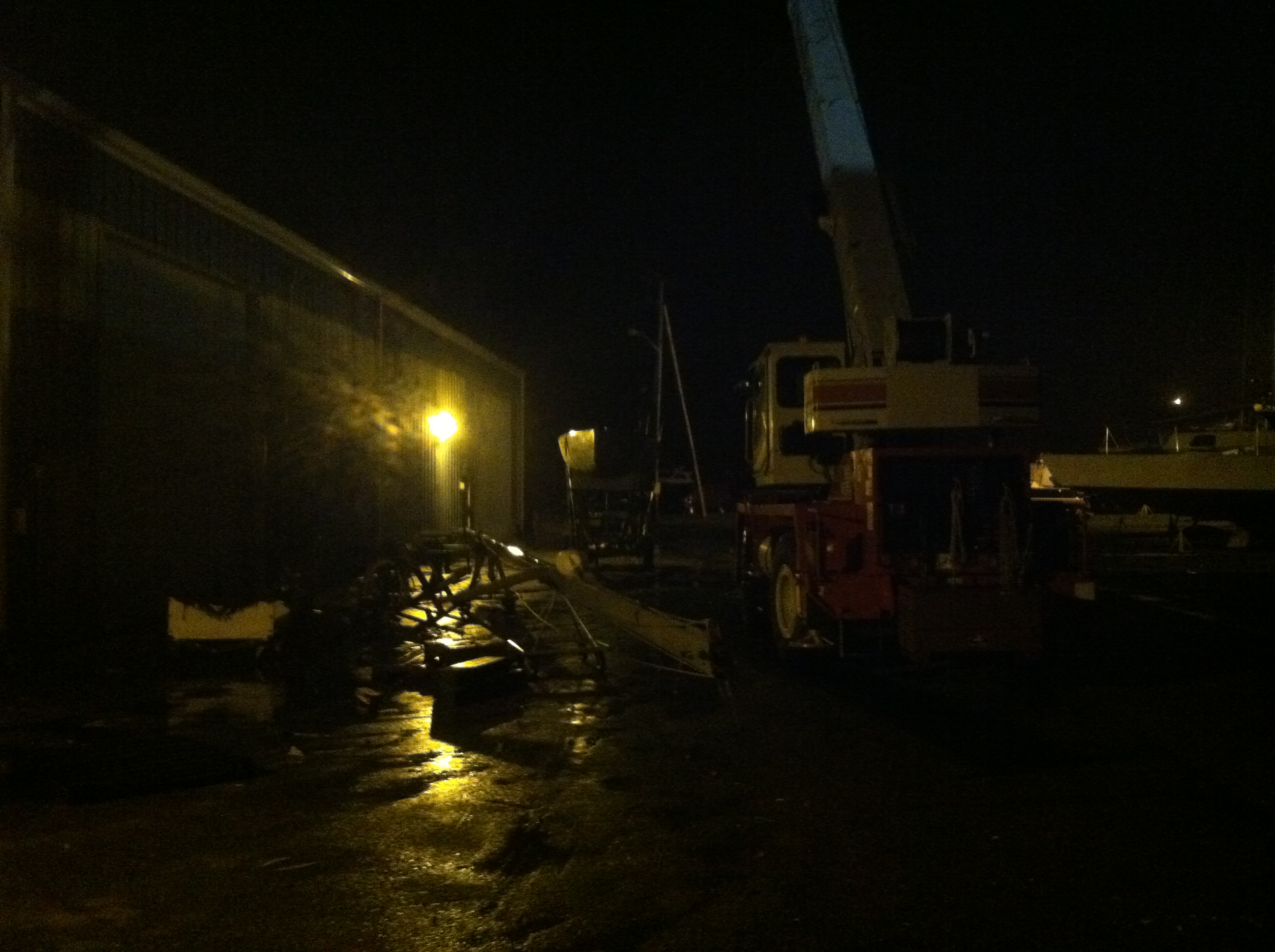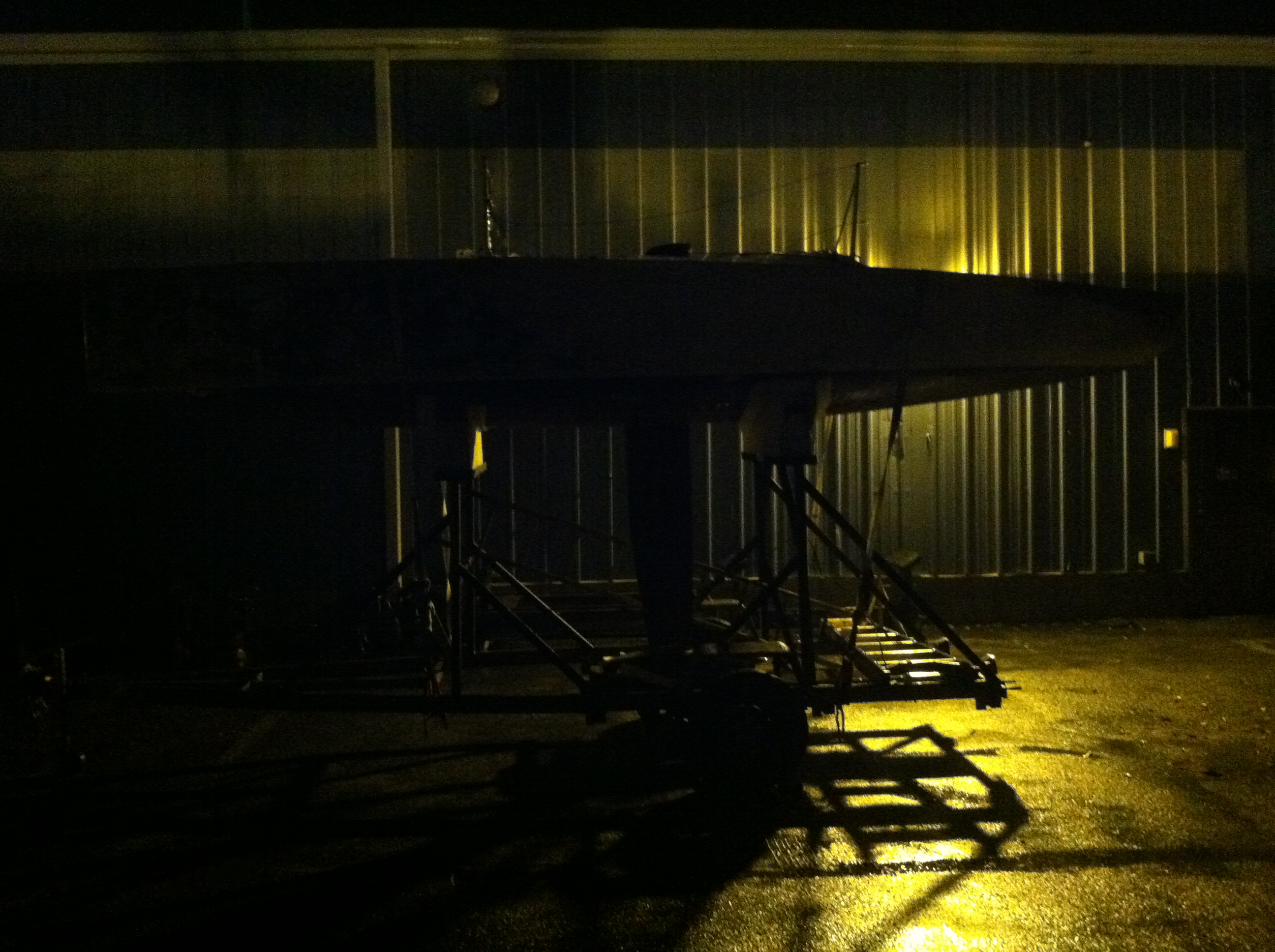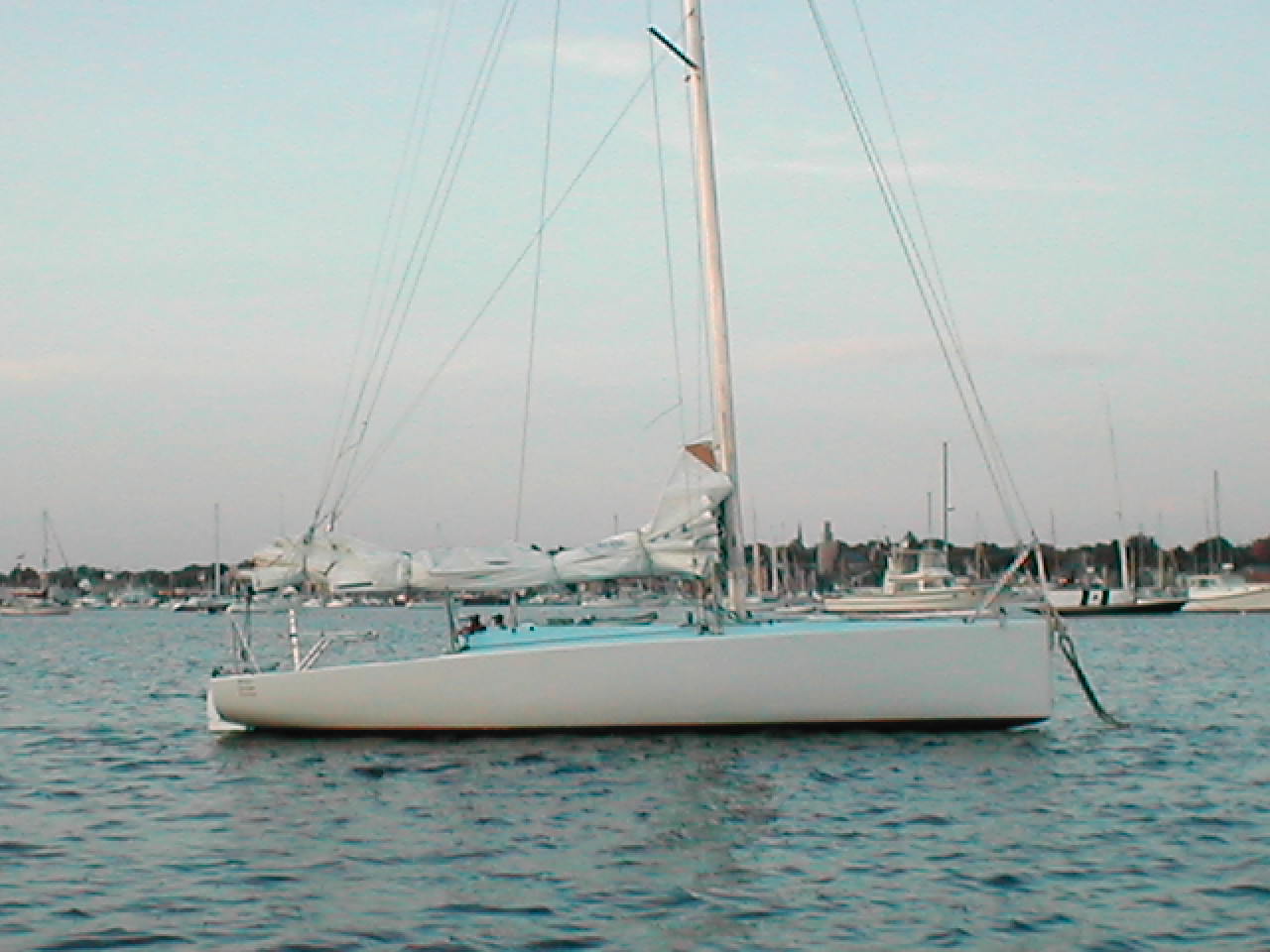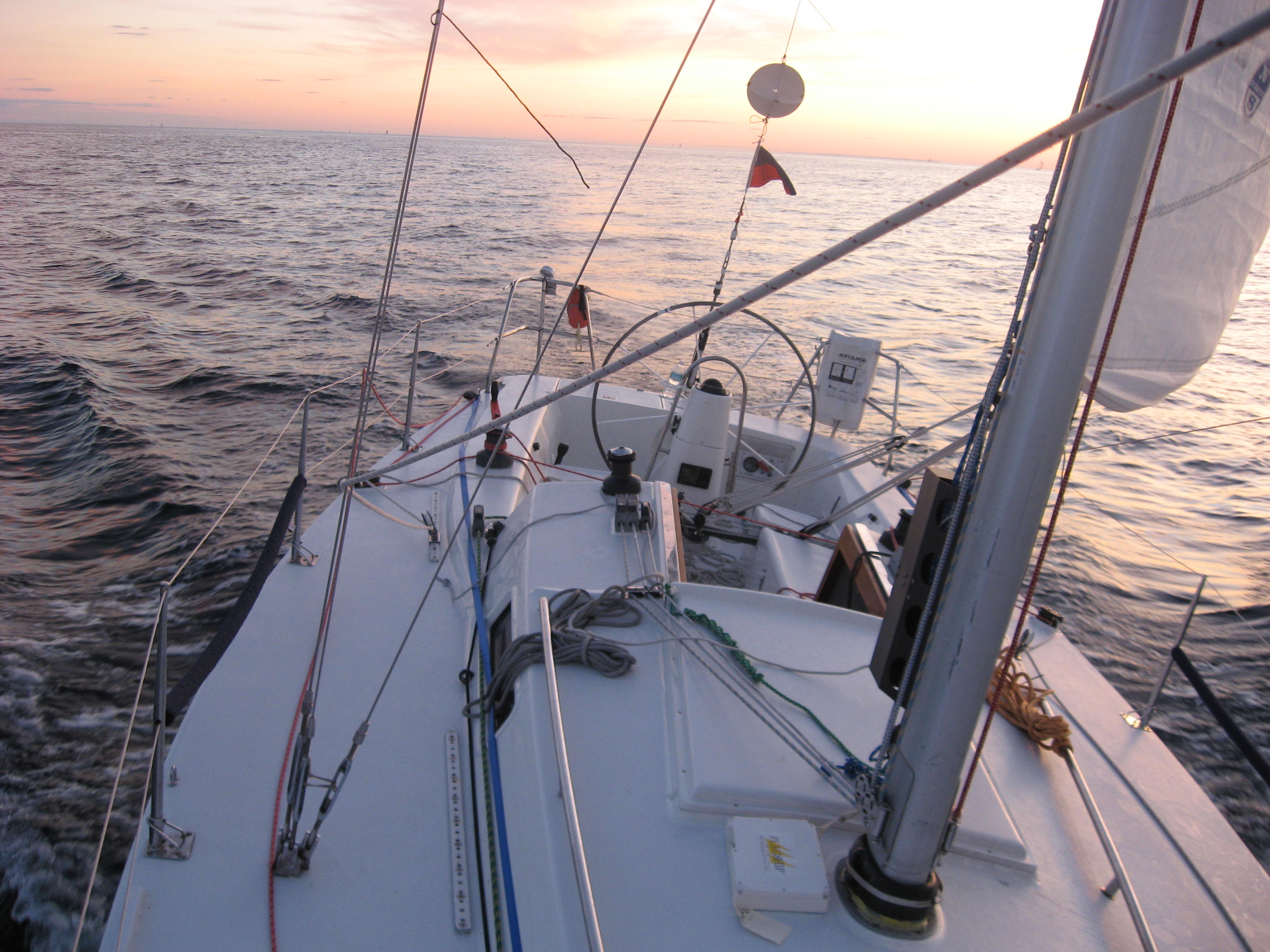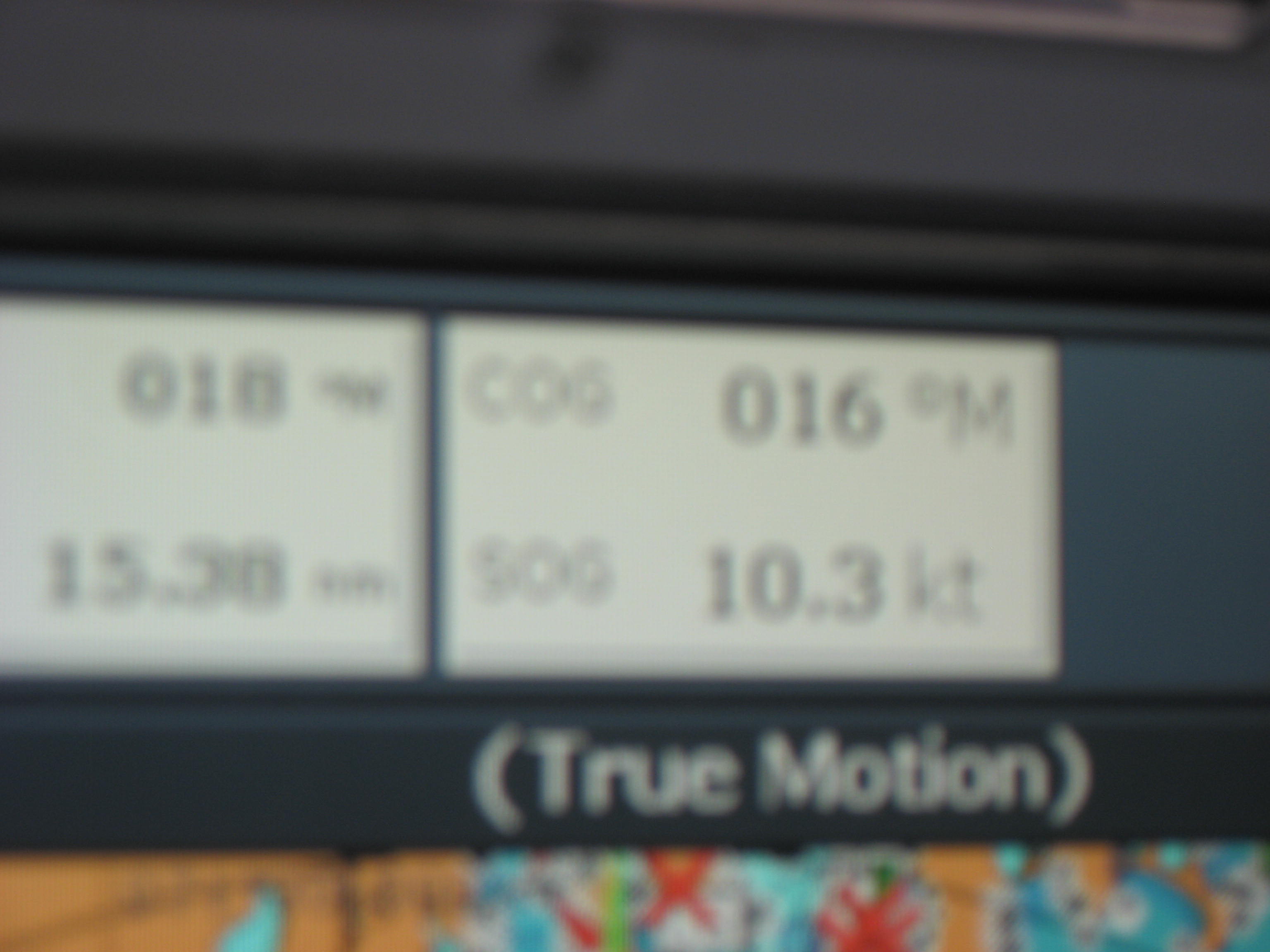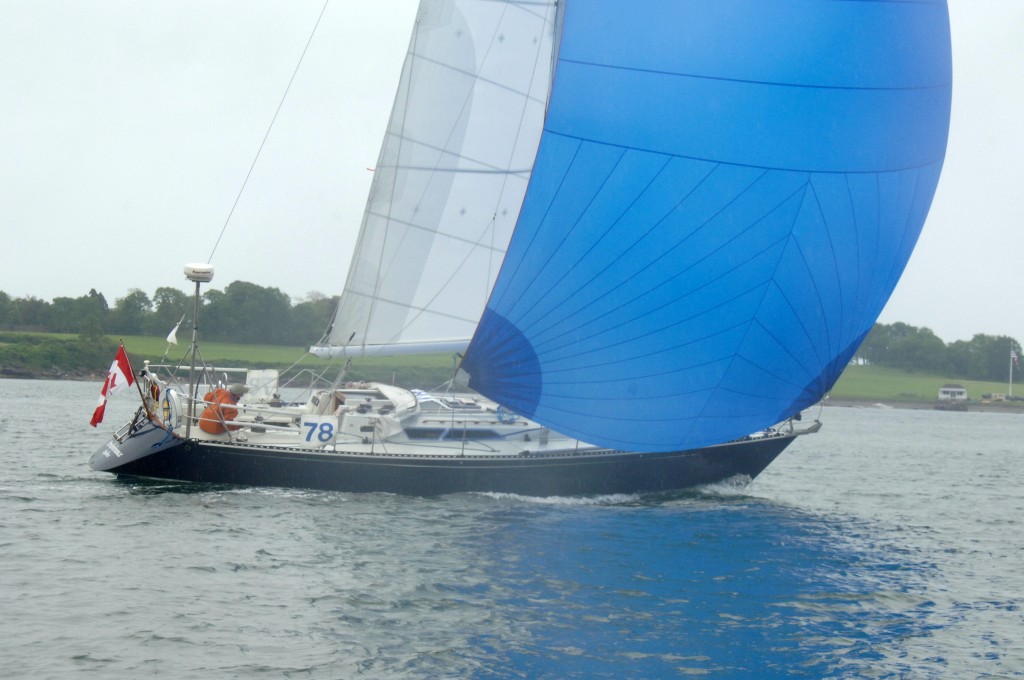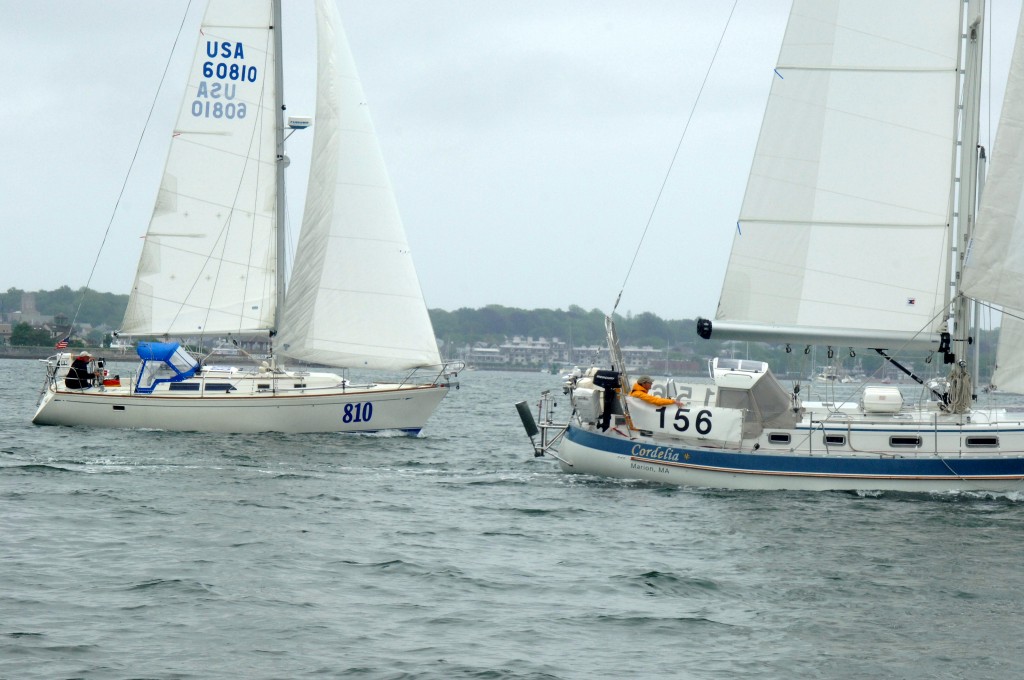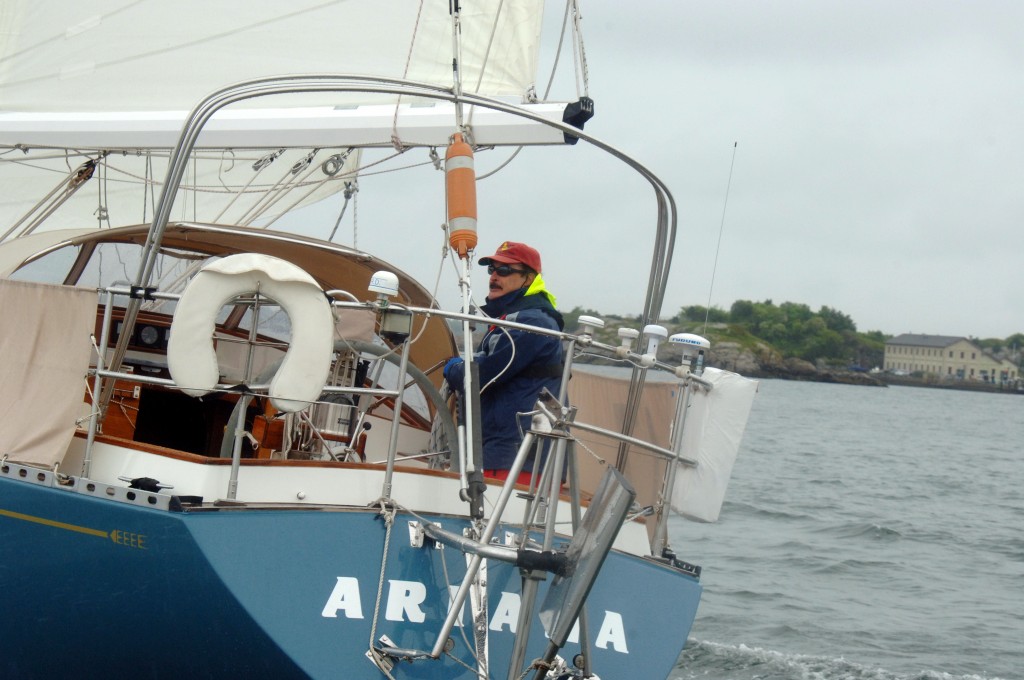So far so good for the tenacious Brit on his fourth attempt to get his Knighthood, I mean, win the Vendee Globe. Personally I reckon the big job now is to be steady and cool and not get too psyched by being in front. I am sure he’d rather be there than in some of the other positions he has been in during his three previous races. Right about now 4 years ago I think he was fixing one of the rudder connecting rods after the Watt and Sea came adrift and busted said rod. Ever the Sponsors Man, he recorded it on board the boat with Hugo Boss logos everywhere. And of course this time, he is posting positions on the Alex Thompson website, so more eyeballs again. THIS is great sailing as marketing tool thinking
The other two leaders are putting the yards (meters?) on the top of the next group. Currently in second is Seb Josse on his third Vendee Globe. Just the short version of his CV includes a fourth in the first leg of the 1999 Mini-Transat, a second in the 2001 Solitaire du Figaro-A four or five leg stage race soloin 33 foot one design boats, around the Bay of Biscay and the western approaches to the English Channel. ‘The Figaro’ is THE training ground for the serious French solo sailor, and lately Brits too. Josse was a part of the crew and so, co-holder, of the Trophy Jules Verne aboard the Maxi Cat Orange, nee PlayStation. Third in the TJV with Isabelle Autissier in ‘03, fifth in the Vendee globe in ‘05, fourth in the ’06 VOR on ABN Amro 11 including a 24-hour speed record. You get the picture. He is sailing for the financial house of Edmund de Rothschild, long a prominent name in sailing with a collection of Gitana’s.
In third lies Armel Le Cleac’h, presently 92 miles astern of The Boss. Le Cleac’h is another professional sailor with a long history of big time racing. Figaro, World Champion in IMOCA (these Open 60’s) fourth in the Route du Rhumb, France’s answer to the OSTAR. A second place, twice, in the 2009 and 2013 Vendee Globe gave him the scent no doubt.
Interestingly when researching the basic stats of the boats, the beam of Hugo boss is not given. But Thompson has the most upwind sail of the three leaders at 340 sqm. Compared to Le Cleac’h at 300 and Josse at 290. He is also a tenth of a metric tonne lighter, 7.5 vs. 7.6. And, in what must be an enormous mental boost for Thompson and a bit of a ‘WTF’ moment for the rest, is the fact Hugo Boss was abandoned in the 2015 Transat Jacques Vabre, in November after being launched 01 September. After being recovered, a nice bit of work in itself I reckon, Thompson’s team spent six months rebuilding her again. And a slight bit of sailing trivia for you Thompson’s co-skipper in the abandoned TJV was the same Spaniard, Guillermo Altadill, (the most successful sailor no one has ever heard of) who was aboard High Noon, the youth boat that blitzed the 2016 Newport to Bermuda race.
Second and third are 89 and 92 miles astern of the Boss, and after that the distances really exercise the bungy cord. From fourth through tenth, they are respectively: 123, 195, 207, 285, 442, 575 and 619. And we are not talking about the rookies here either. Just in this group are a total of 17 (including this one) Vendee Globe races from a total of 43 previous races within the fleet.
From todays interviews with the sailors, Sébastien Josse remarks on the increasing discomfort aboard the boats in this race. ‘With each Vendée Globe it’s worse and worse. In my first one, I had a comfortable bed, but now it’s really uncomfortable and it’s hard to sleep’. Having boat speed is a great way to win a sail boat race but it does have its down side in a three-month race. Josse again:
When the boat is above 18-19 knots, it’s hard to move around. It’s noisy and it’s impossible to sleep with all the banging. It’s less comfortable than a multihull.
Then there are the forces these boats are subjecting themselves to. The following remark was made while the boats are sailing in 15 knots of true wind. We’re at the maximum loads for the boat. In the Southern Ocean we won’t be able to do that.”
If you did not know Thompson, (is British) it might be easy to infer it from his remarks from the same body of ocean. “It’s a bit bumpy. He goes on: (In this cut and paste from the VG news section whose work is duly recognized)
It is pretty amazing to be on a boat which in 16-17kts of breeze I can average 22kts. The breeze has finally come left a bit to allow Hugo Boss to lift up her skirts a little bit and go a bit faster. I have a bit more breeze for a few hours and then it will lighten up and drop a little bit before tomorrow when we will start a real fast, fast dash for three or four days towards the Cape of Good Hope. I could not have asked for it to be positioned more perfectly. It is a very normal scenario this. It is developing just to the south of us and will move down, and I will be able to stay ahead of it. I think just this lead pack will be able to stay with it. We will be with this low pressure for quite a while. I think Seb is right. This is going to be the first big test for the boats. I am imagining a wind angle of about 120 to 125 degrees true, sailing in 23-26kts of wind. Depending on the wave conditions is what will decide how fast the boats go. To be honest if it was flat water in those wind conditions my boat could average over 30kts. With waves I don’t expect to be going much faster than I am now, to be honest 22-24kts maybe. Today I will prepare the boat a little, re-tidy up, re-stack, and I will try and get as much sleep as I can in the next 24 hours. I have a little composite job to do, just to make sure everything really is ready, make sure my sail plan is correct for when it comes, make sure my contingencies are ready, make sure I am fresh to be able to hit the turbo button when it arrives. I guess we are going to find out how strong these boats are now. Who will be ready to lift the foot first? Show the French you have learned? I think these boats…well the limit is quite obvious. You know when you have to slow down. Last night I had to slow down. 24 hours before the Cape Verdes you get slowed down. You get told by the boat. The boat tells you when to slow. It is as demanding now as in more wind. We do not need a lot of wind. The more wind, the more waves, the slower you go.”
We’re not in Kansas any more Toto.

